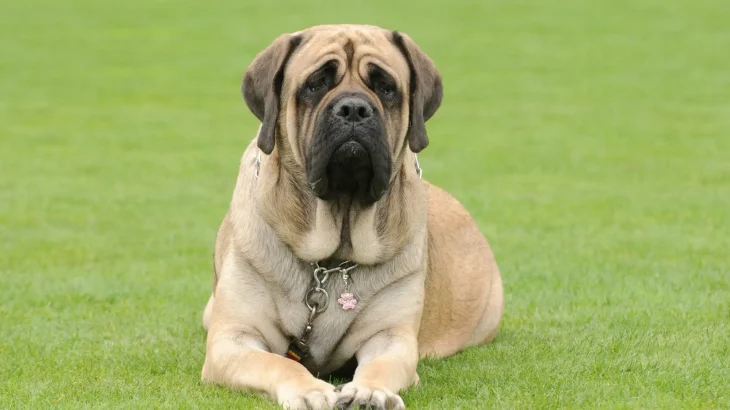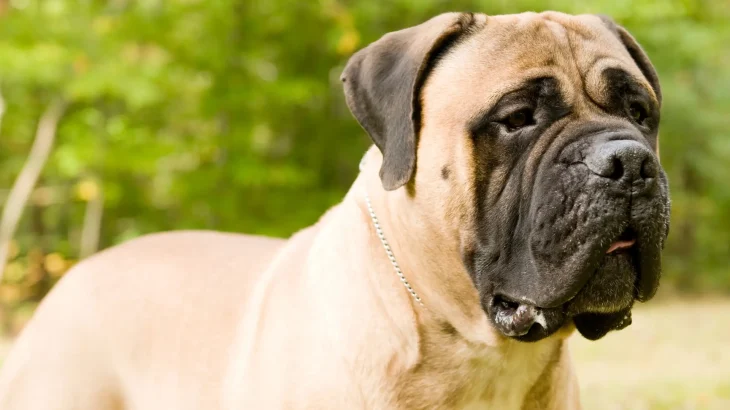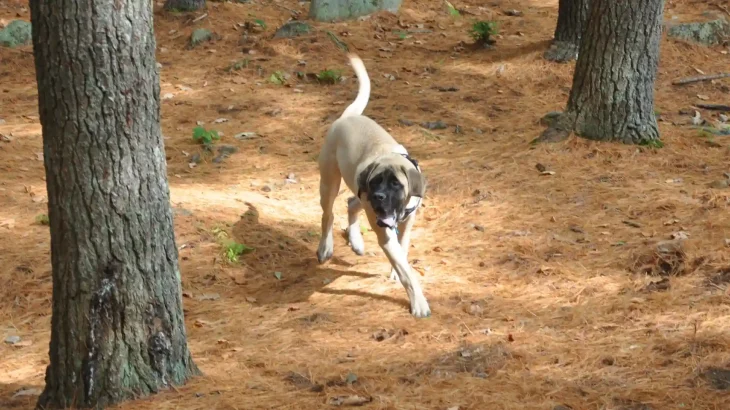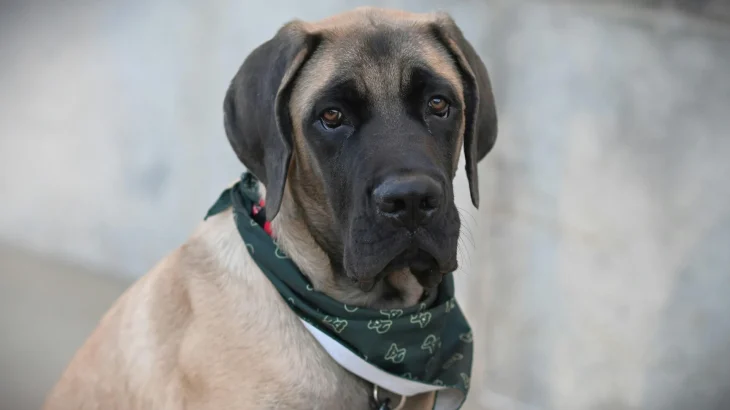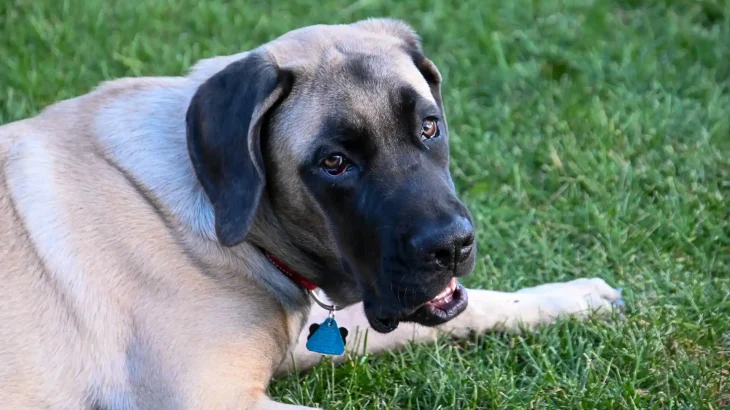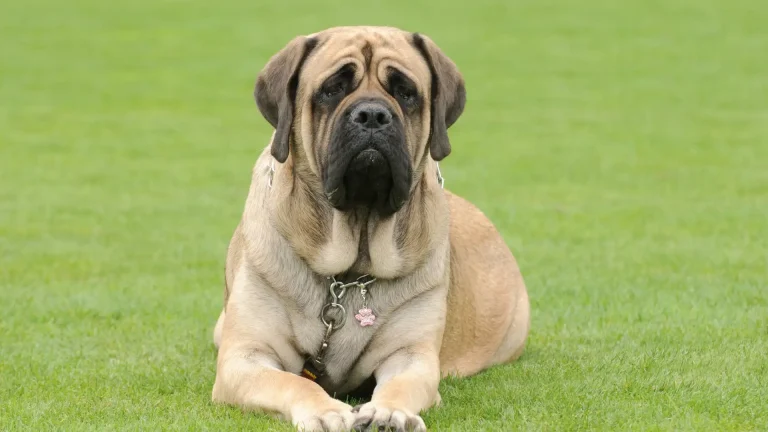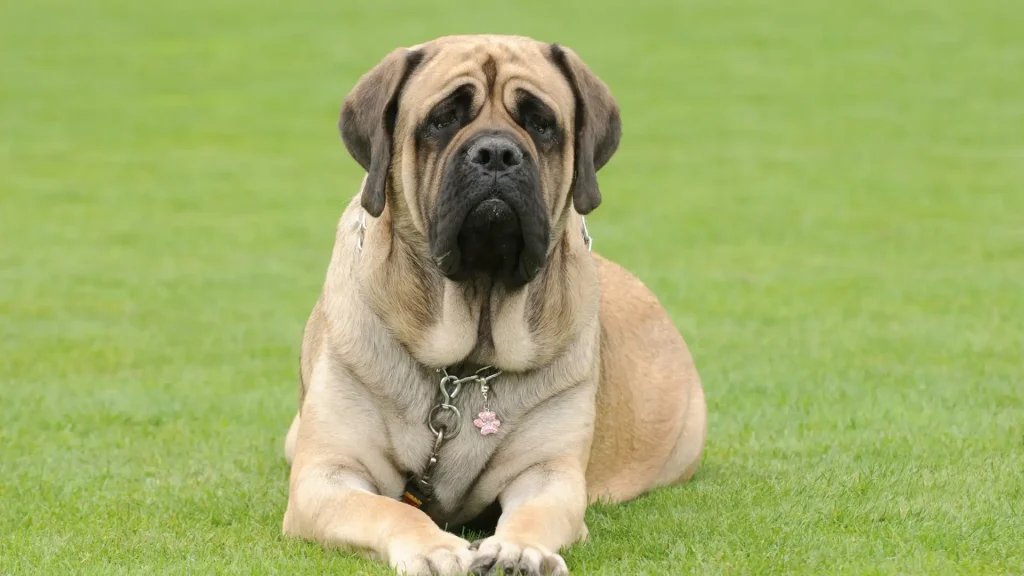Deciding whether to adopt or purchase a Giant Maso Mastiff puppy involves weighing factors like cost, health information, and ethical considerations. Buying from a breeder may offer detailed health histories and pedigree information, while adoption supports giving a home to a dog in need and often has lower fees. Both paths have their merits depending on what matters most to you as a future pet owner.
| Criteria | Buying from Breeder | Adopting from Shelter/Rescue |
|---|---|---|
| Cost | Usually higher price reflecting purebred status and breeder investment. | Generally lower fees, often including initial veterinary care. |
| Health History | Comprehensive health records and genetic screening often provided. | Health history can be limited or unknown, though many shelters provide basic exams. |
| Age Availability | Mostly puppies, allowing raise-from-young experience. | Varied ages, including adults and seniors, offering adoption flexibility. |
| Temperament Insight | Breeders may share lineage temperament clues based on breeding lines. | Shelter staff observe and report on behaviors, though full history may be uncertain. |
| Supporting Practices | Supports responsible breeding programs when choosing ethical breeders. | Supports animal welfare and reduces shelter populations. |
| Ethical Considerations | Choose carefully to avoid supporting puppy mills; reputable breeders prioritize dog welfare. | Adoption saves lives and opposes commercial breeding abuses. |

